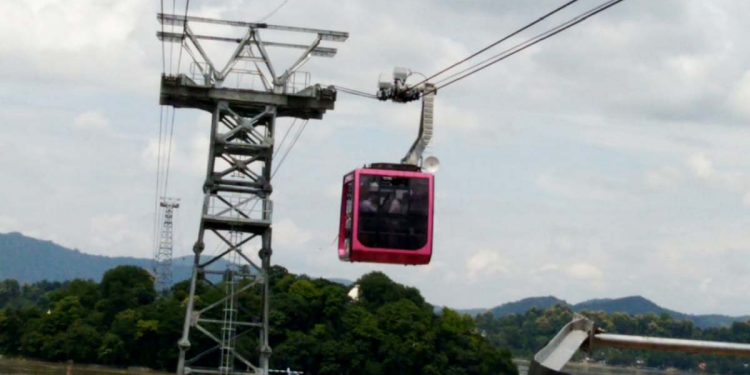
Cities, SI-Urban, Tourism
Why a cable car in urban space
The northeastern states of India seem to be more receptive to the introduction of ropeways than the other parts of the country. Some of the cities that are successfully running ropeway projects are Digha, Guwahati, Tawang, Gangtok, Namchi and Kolkata. The Deorali Bazar ropeway in Gangtok, built in 2003, has become a popular mode of transport for both locals and tourists.
This success story is just one reason why more and more Indian cities are considering 3rd level transport. Rapidly advancing urbanisation means that space-saving and high-performance transport systems are also needed. Ropeway leaders are also convinced that this is a mobility system that can boost tourism and at the same time help solve the traffic problem.
Challenges
GST charges for cable cars are much higher at 18% than those for air travel, which is 12%. Increasingly, there are calls for an adjustment here: “It is time for cable cars to be put on par with railways
n, where the GST (Goods and Services tax) is 5%, with a minimal input tax deduction, as they can serve all sections of society in an environmentally friendly manner.”
In conclusion, ropeways have the potential to become an advanced mode of transport in India. With the integration of ropeways under the purview of the Ministry of Transport earlier this year, the Indian government has already taken a first step towards the increased implementation of urban ropeways.







